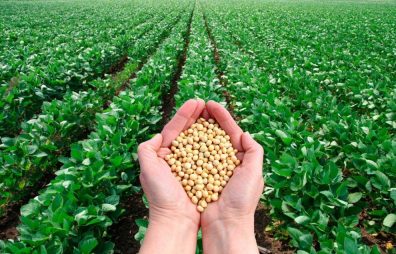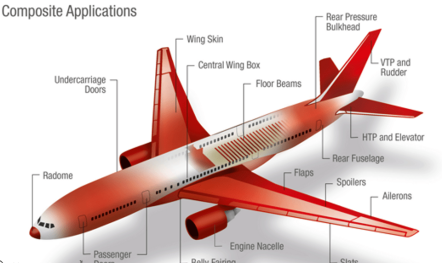Global proppant market is projected to reach $10,562.9 million by 2023. The increasing use of ceramic and resin-coated proppants to enhance the productivity of wells and the growing demand for frac sand for the extraction of petroleum fluids are the key factors driving the market growth.
Proppant is a solid material, primarily sand, which is suspended in water or some other liquid to facilitate the opening of an induced hydraulic fracture.
Of all types, sand material held the largest volume share, of more than 85.0%, in the proppant market in 2017. This can be attributed to its simple manufacturing process and large-scale use in the hydraulic fracturing for shale gas extraction. Besides, the material is widely used in the filtration of oil and the fracking process of liquefied natural gas (LNG).
Download Free Report Sample :: https://www.psmarketresearch.com/market-analysis/proppant-market/report-sample
Based on application, shale gas extraction was the largest application area of the material during the historical period. It held the largest value share, of more than 50.0%, in the proppant market in 2017. This can be attributed to the fact that these materials are widely used for hydraulic fracturing during shale gas extraction. Besides, there has been a significant increase in the production of shale gas in North America for commercial use.

Globally, in terms of volume, North America continues to hold the largest share in the proppant market. It contributed more than 70.0% share to the market in 2017. The growth of the market in the region is mainly driven by increased material loading levels and moderate recovery in oil prices.
The key trend witnessed in the proppant market in recent years is the increasing hydraulic fracturing activities in the North American region. With the exploration of new shale gas reserves in the region, there has been an increase in hydraulic fracturing activities.
Read summary of report here :: www.psmarketresearch.com/market-analysis/proppant-market
Some of the key players operating in the global proppant market are Superior Silica Sands LLC, Bagder Mining Corporation, JSC “Borovichi Refractories Plant”, Unimin Corporation, U.S. Silica Holdings Inc., Fores, Preferred Sands, Saint-Gobain Proppants Inc., CARBO Ceramics Inc., and Fairmount Santrol Holdings Inc.
GLOBAL PROPPANT MARKET SEGMENTATION
By Type
Ceramic
Low Density
Medium Density
High Density
Resin Coated
Sand
Low Density
Medium Density
High Density
Resin Coated
Sand
By Application
Shale Gas
Tight Gas
Coal-Bed Methane
Others (Oil and LNG)
Tight Gas
Coal-Bed Methane
Others (Oil and LNG)
By Region
North America
U.S.
Canada
Europe
Germany
Russia
U.K.
Norway
Rest of Europe
Asia-Pacific (APAC)
China
Thailand
India
Australia
Rest of APAC
Latin America (LATAM)
Brazil
Mexico
Rest of LATAM
Middle East and Africa (MEA)
Saudi Arabia
South Africa
Rest of ME
U.S.
Canada
Europe
Germany
Russia
U.K.
Norway
Rest of Europe
Asia-Pacific (APAC)
China
Thailand
India
Australia
Rest of APAC
Latin America (LATAM)
Brazil
Mexico
Rest of LATAM
Middle East and Africa (MEA)
Saudi Arabia
South Africa
Rest of ME







